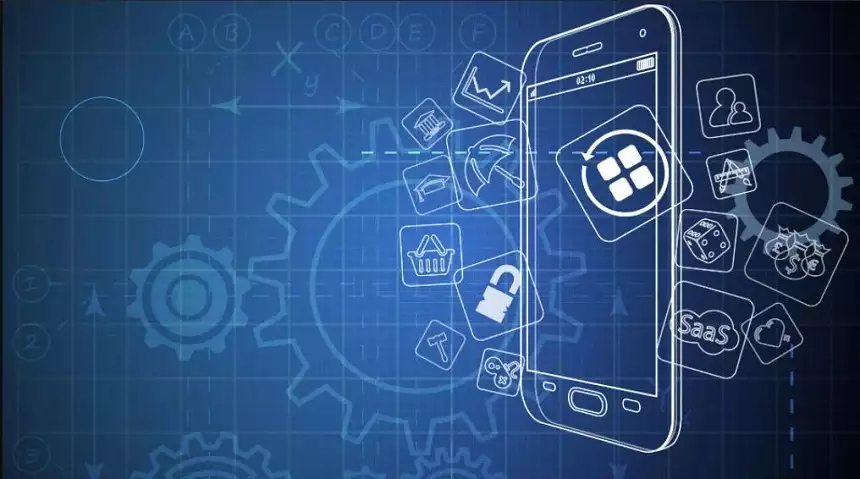Technical apps are software programs installed on computers or other electronic devices that offer a graphical user interface, animations and sounds.
When creating a technical app, it is essential to consider your target audience and platform. This will dictate the scope, timing, and cost of your project.
An app is a type of software
An app is a type of software designed to run on mobile devices such as smartphones or tablets. These applications interact with the operating system of the device and other in-built components in order to offer specific functions and services to its user.
Application software includes word processing, spreadsheet and Web browsers. These applications enable users to create, edit, save and print documents.
These programs enable users to organize data, perform mathematical operations and explore numerical information. Microsoft Excel, for instance, excels at this.
The two primary types of software are system and application software. System software is an integral part of a computer, providing directions and data necessary for running smoothly.
A web-based app
Web-based applications are software programs accessible via a browser that allow users to perform various tasks online. They may range in complexity from an easy calculator to complex content management systems.
Web apps work by combining server-side scripts that retrieve and store information on the user interface with client-side scripts that display this data to the user. Both components require specialized coding languages in order to function properly.
Web apps offer the advantage of being platform-agnostic, accessible to anyone with a computer and internet access. This makes them much simpler to manage than desktop programs.
Another advantage of web apps is that they don’t need to be downloaded from an app store and are automatically updated. This ensures users always see the most up-to-date version of an app when they open it.
A mobile app
Mobile applications are software programs designed for use on handheld devices like smartphones and tablets, and can be divided into native apps, web apps or hybrid apps.
Native apps are applications that can only be installed on certain device platforms such as iOS or Android. These applications utilize specialized coding languages tailored specifically for each operating system they run on.
These apps provide users with a range of functions and services tailored to the demands, limitations and capabilities of the device they’re built for. Examples include gaming applications that utilize the iPhone’s accelerometer, social media platforms and email clients.
A PWA (progressive web app)
Progressive web apps (PWAs) are software applications designed to offer a native-like experience on compatible devices. They can be installed and run from a single codebase, providing users with an unifying experience across browsers and operating systems.
Progressive Web Apps have a manifest file that instructs the browser how to act when installed on a device. This could include adding a button to the home screen or task bar, displaying an installation prompt and much more.
Progressive Web Apps require programmable content caches, which enable the app to prefetch resources for faster page load times and offline functionality. Service workers – JavaScript code used for background tasks – are another essential component that creates this programmable experience.
PWAs offer faster and more engaging user experiences, as well as the potential to boost mobile conversions, provide offline support, and deliver push notifications. The advantages are numerous; no wonder why so many businesses around the world have adopted this technology.
 How to Personalize Your Kitchen Design for Everyday Joy
How to Personalize Your Kitchen Design for Everyday Joy  The Geopolitics of Oil: How the Middle East’s Oil Reserves Have Shaped Global Politics
The Geopolitics of Oil: How the Middle East’s Oil Reserves Have Shaped Global Politics  Wills and Estates Lawyers: Your Guide to Comprehensive Estate Planning
Wills and Estates Lawyers: Your Guide to Comprehensive Estate Planning 










